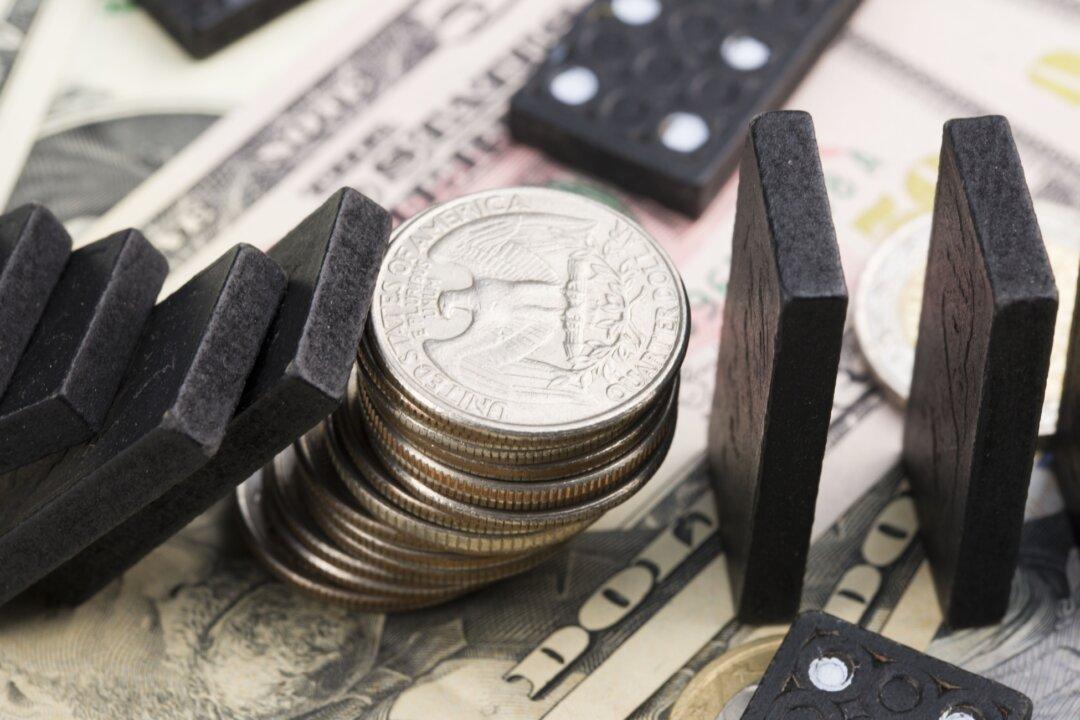Commentary
Last summer, I gave a talk on dedollarization, and as customarily occurs, a question and answer session followed. Most of the queries and comments focused on the outlook for the dollar, prospects for gold and Bitcoin, and the comparative advantages of the growing BRICS union versus those of Western (U.S. dollar, British pound, Euro, and so forth) nations.





